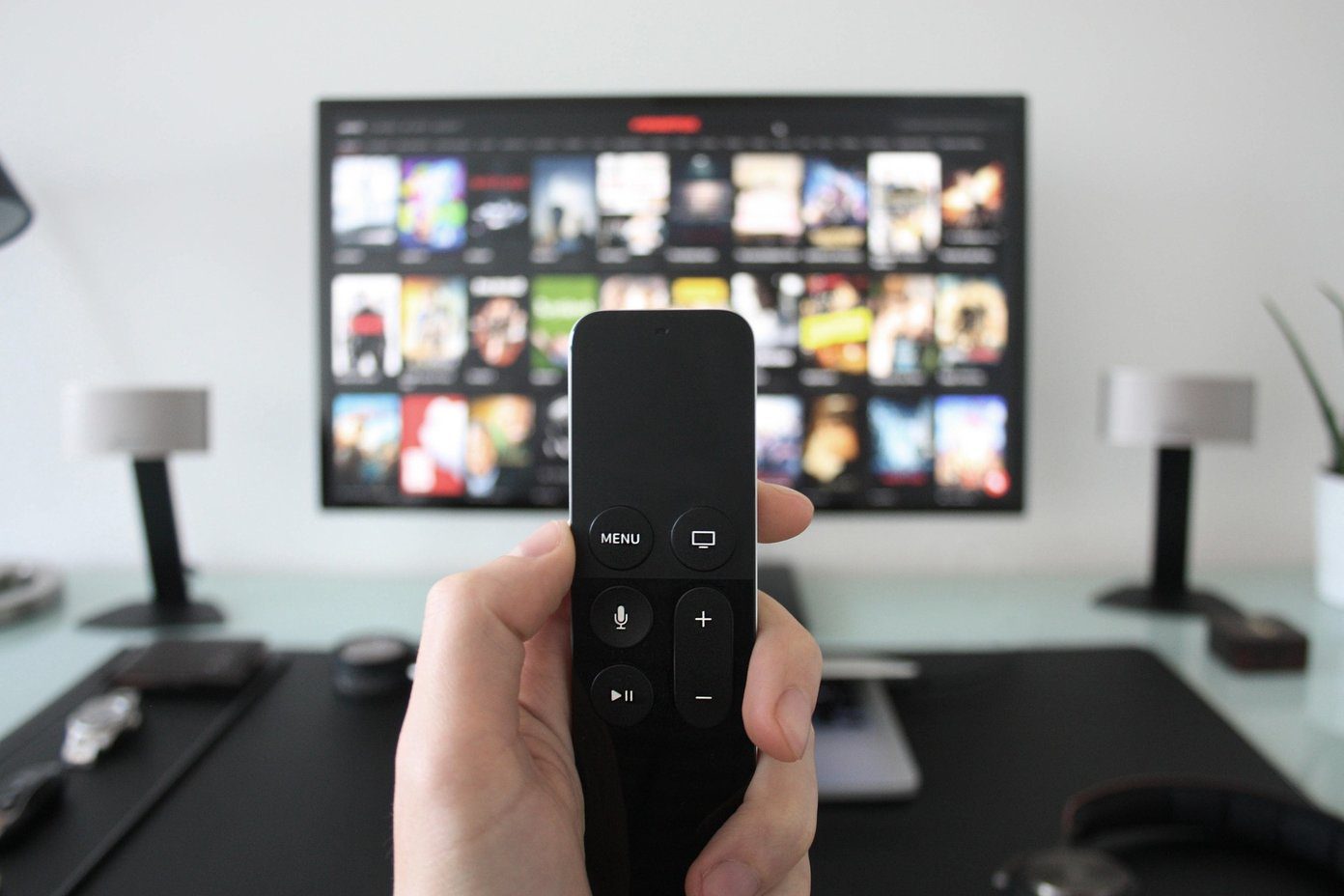The question still remains — why is wireless charging so important? What makes it superior and what are its drawbacks? Well, if you ask me, right at the onset, I’ll say that wireless charging is the future and it’s not just because of lesser wires, there’s a whole lot more to it. Qi as a standard was first released in the year 2008. It took a good 8 more years for it to be incorporated by device makers in a substantial number of devices. Back then, Apple was still a bit skeptical about it, however, it did decide to invest in wireless charging. Come today, we can see wireless charging and, more importantly, Qi wireless charging in most phones and it’s only going to get better from here.
What is Qi Wireless Charging?
Qi is a standard laid down by the Wireless Power Consortium. It is a global standard and any manufacturer is free to use it in its products. Having said that, this technology is revolutionary. It allows phones to be charged wirelessly through a phenomenon called inductive coupling. In this process, a base station or the charger transmits power in the form of non-radiative electromagnetic waves. These waves are picked up by the receiver coil, which sits at the back of your phone and transforms them into electricity, which is then used to charge the device. The diagram below explains it very well. Apart from the basic principle, Qi incorporates resonant as well as inductive charging, making it superior to other standards in the market as of now. Inductive charging is a slightly dated technology that requires devices to be close together to charge. Resonant charging, however, can charge devices over short distances with minimal power loss. While the basis of this technology remains the same, over the years, wireless chargers have become smarter. They are now aware when a Qi-compatible device is near them and when to start or stop charging. Other than just charging, these devices do talk to each other.
Pros and Cons of Qi Wireless Charging
Now that we understand what Qi wireless charging is all about, it’s easier to understand what the pros and cons are.
Pros:
- No Mess: It is true that with wireless charging, there is absolutely no mess created on your desk or your night table. There is only one cable involved and that is for supplying power to the charger. However, in case of Qi-based battery packs, even that is missing. So, if you want to have a clutter-free environment, you must opt for this.
- Safety: As I mentioned above, wireless chargers have become a lot safer. They keep probing for devices in the vicinity and only upon verifying that a compatible device is near them, they will start the charging. And once the charging completes, they turn it off. With wear and tear, which happens with wired charging, worn-out cables and ports can lead to short circuits. This, however, is not a problem or concern if you go wireless.
- Widely Compatible: Since the standard is the same for both Android and iOS devices, these chargers can work easily across different devices, that is if the manufacturers want them to. You can get a bigger wireless charging station that supports multiple devices and instead of slinging different chargers, just place them on the station for recharging. Even while traveling, you can simply place your device on a compatible charge station. Since its popularity is increasing, your chances of finding a suitable one are also increasing.
Cons:
- Still Very Expensive: It’s true that wireless chargers have started showing up for many devices but they are still very expensive, at least when compared to conventional wall chargers. For instance, you can buy a branded wall charger for your Samsung Note 8 for Rs 1,000. However, if you have to buy a wireless charger for the same model, the cost gets as high as Rs 4,900.
- Not Seamless: While using a wireless charger might sound very easy, it really is not. To charge a device wirelessly, you have to position the device the right way on the charger. Some chargers even have marked areas and they also direct you the position of the phone. Though this is changing with design upgrades, it’s still miles away from being absolutely seamless.
Towards a Wireless Future
If you ask me, I am a big fan of wireless chargers. Even though they are expensive right now, their prices will eventually come down. The cost is not the only concern here, it’s the universal application. While the WPC is vying for Qi, AFA or AirFuel Alliance is another contender for wireless power. Unless the world decides on one direction, it would be tough to say where things are headed. In the end, only time will tell what will happen. The above article may contain affiliate links which help support Guiding Tech. However, it does not affect our editorial integrity. The content remains unbiased and authentic.

















